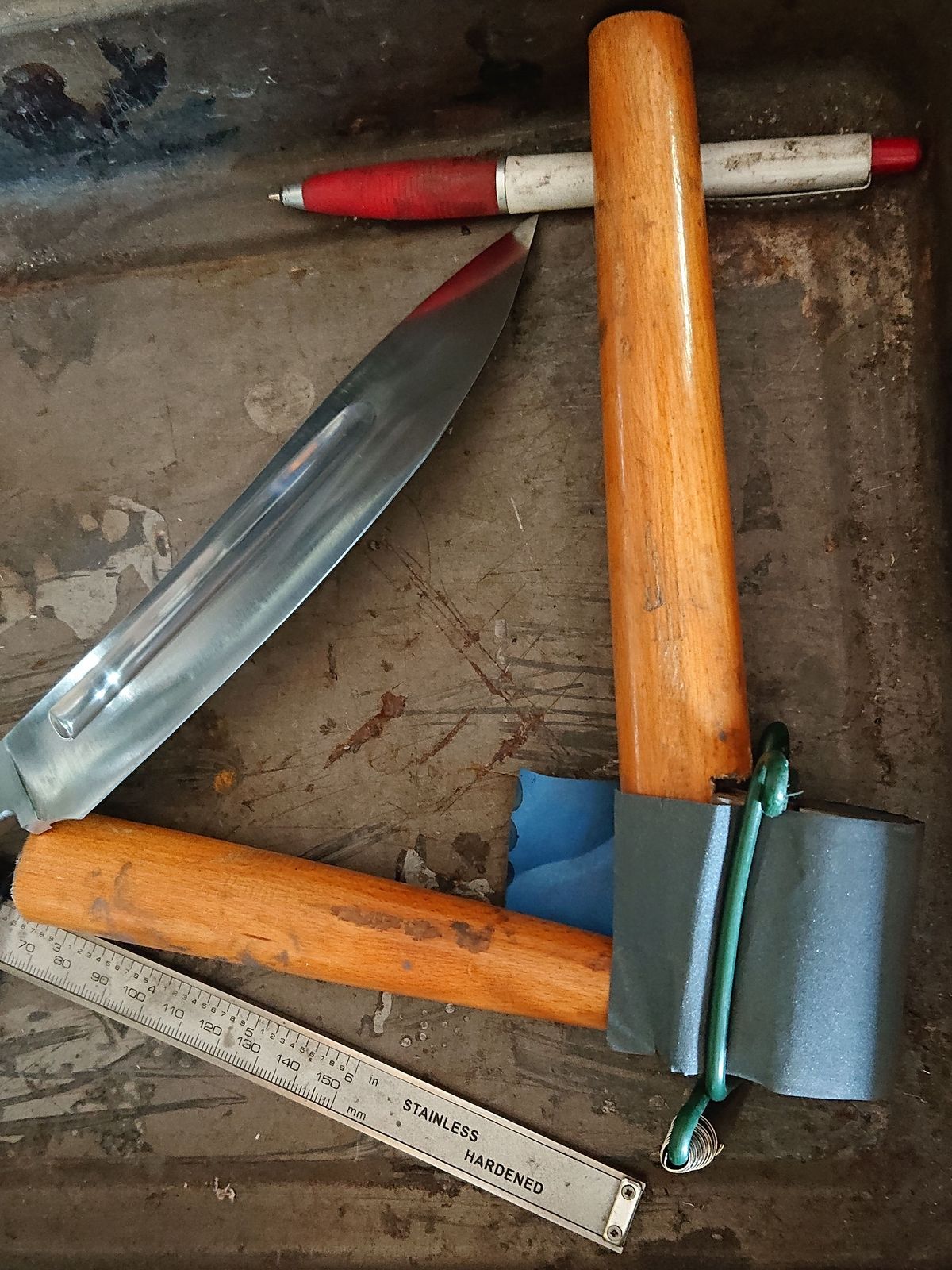I made another plush from NazFX Studios, just in time before the next project is looming around the corner (yay for holidays).
This one is a cute little fawn, with true Bambi vibes.
I changed my deer a bit from the original version. I used tan instead of white, left off the antlers, and moved the ears to a more natural position. Isn’t she cute? And I’m never going to make another one. Really. You’d have to pay me serious money, but this won’t become a “you remember it’s my birthday” pattern. It’s a good pattern, and it’s a lovely plush, but it’s also a hell lot of work. But I’m glad I finished her and she’s already been adopted by the other plushies.




























